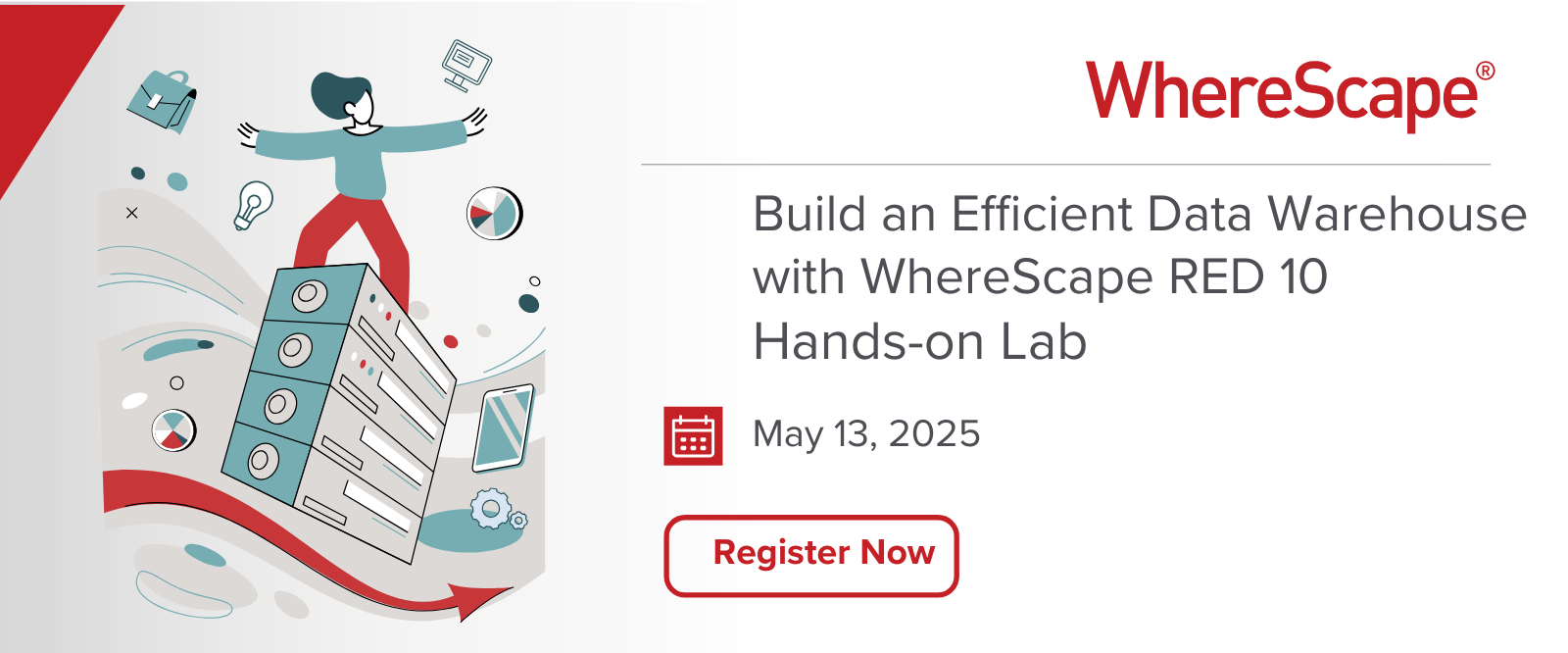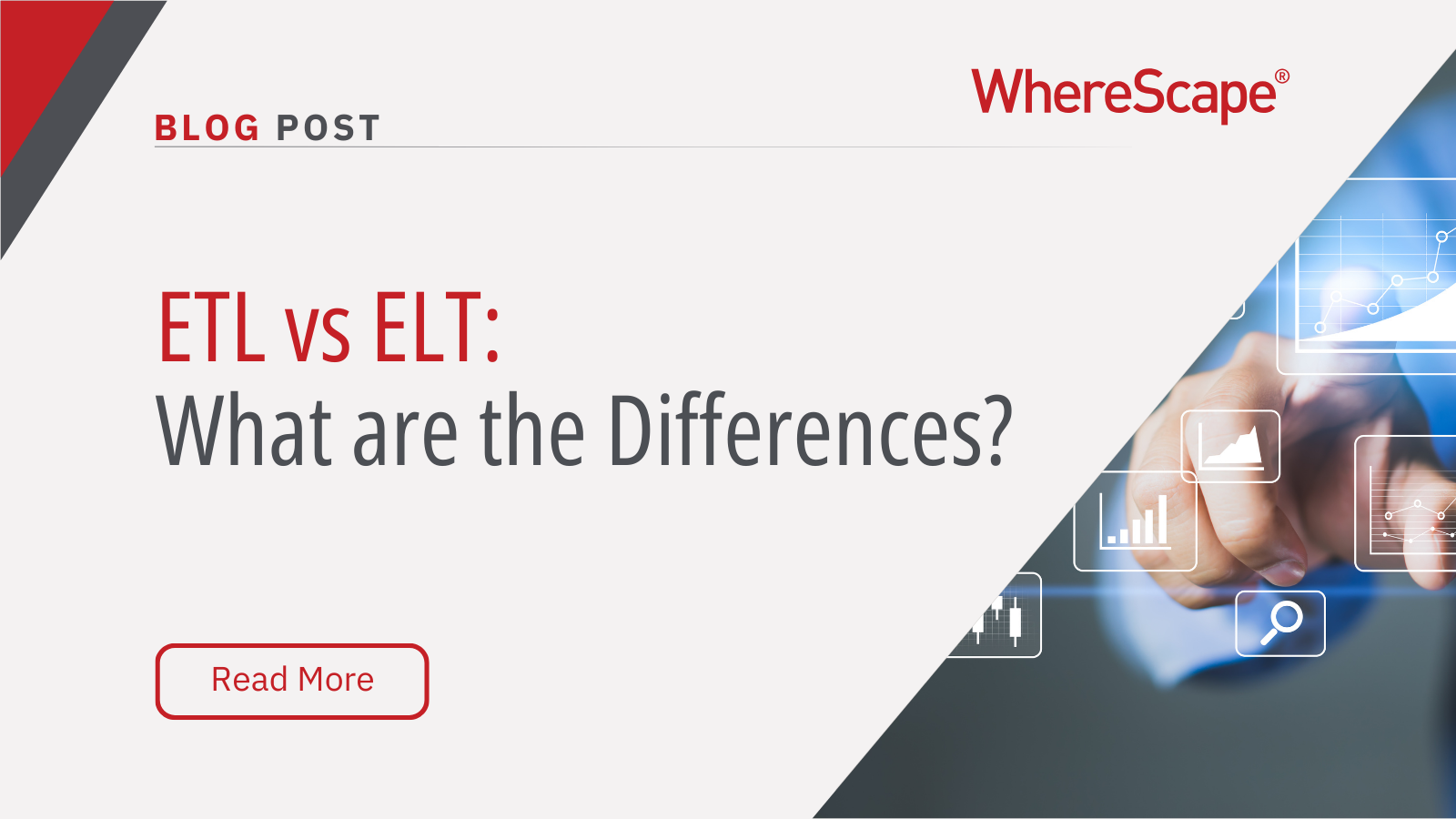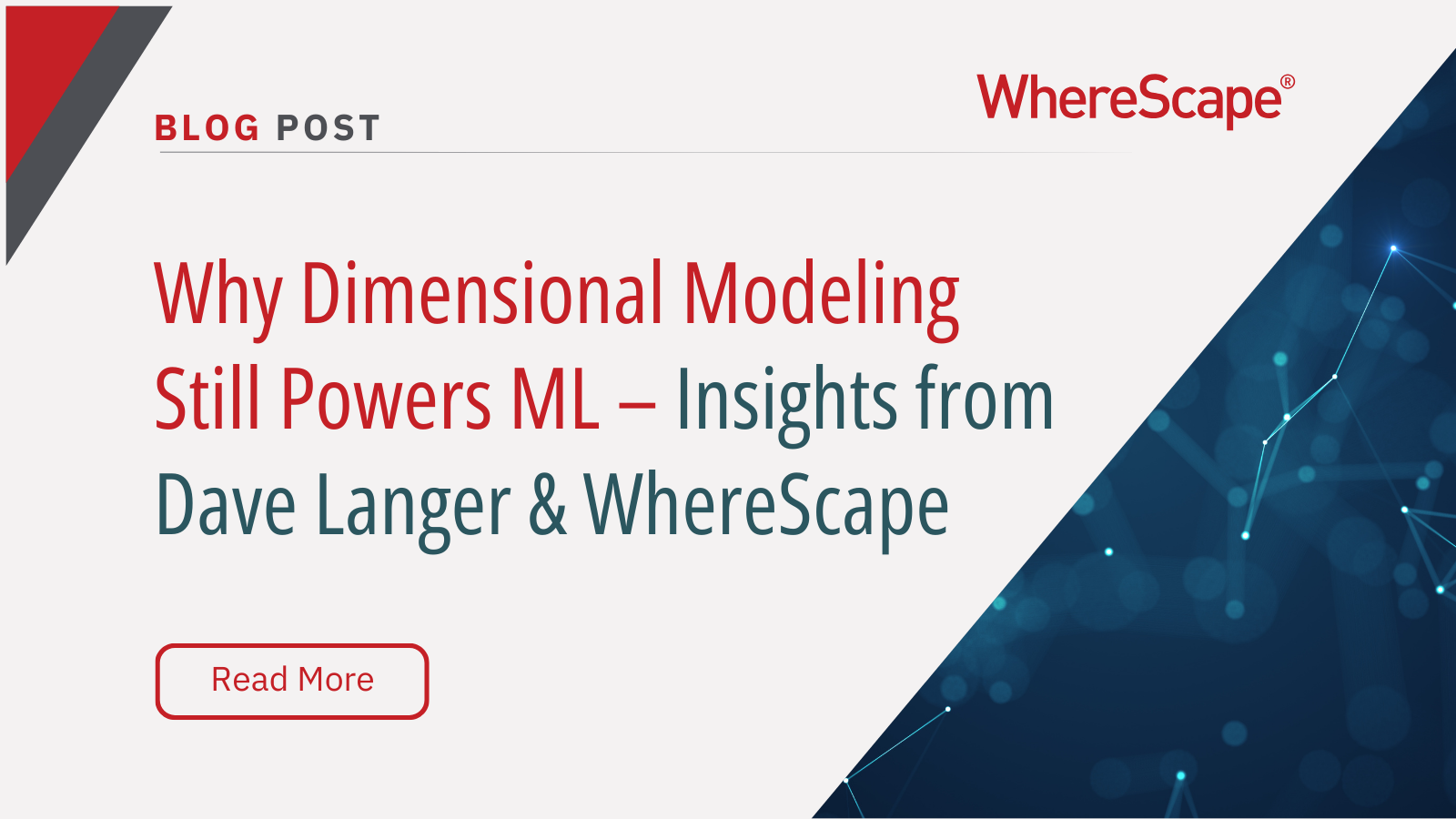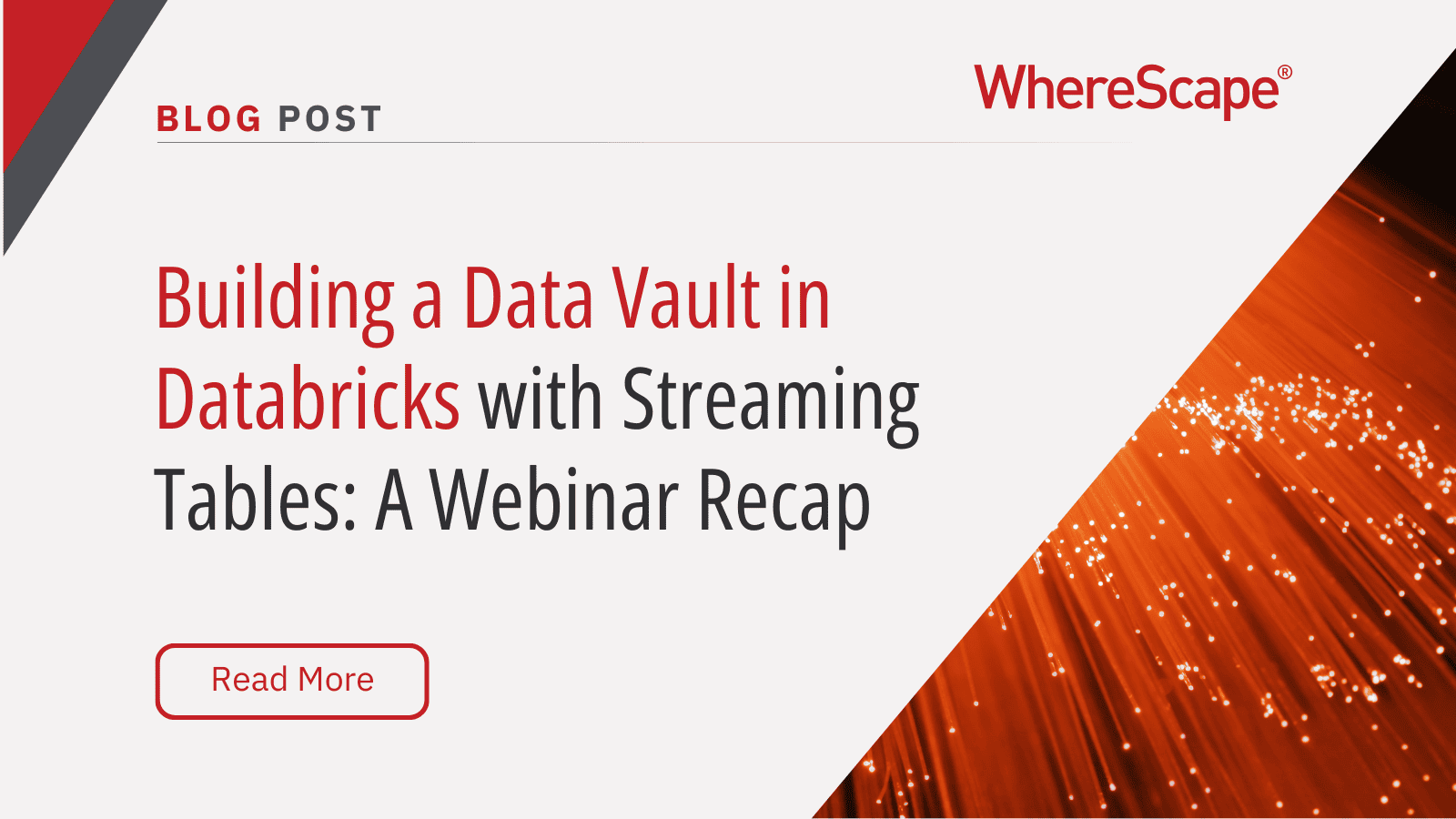Tune in for a free, live virtual hands-on lab...
Data Vault 2.0 Resources
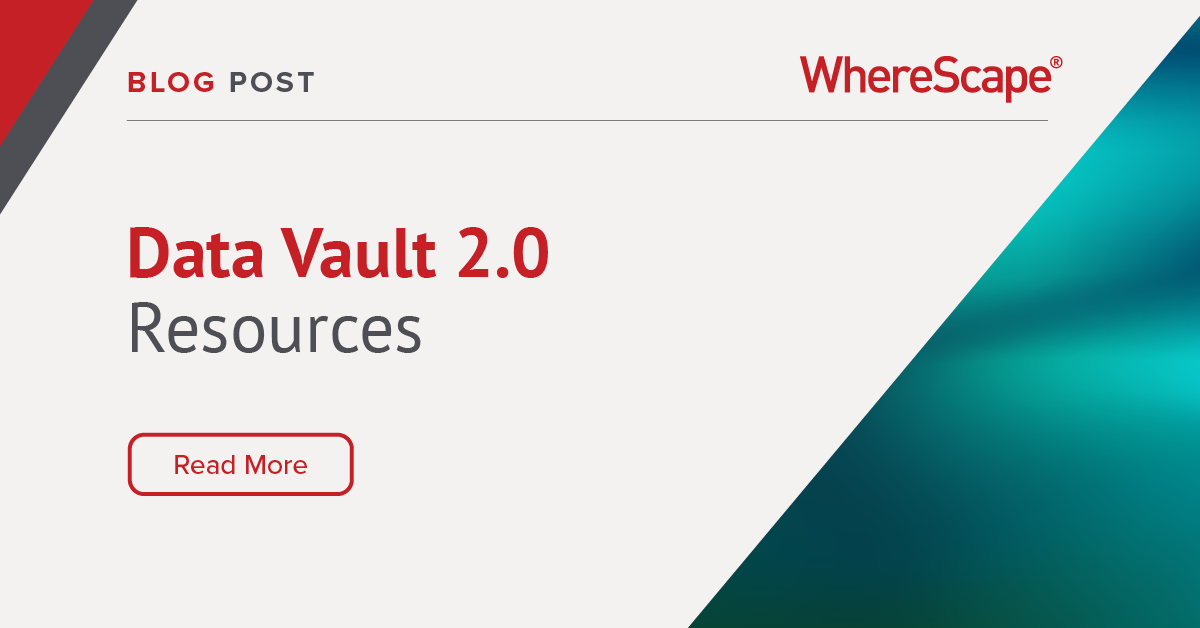
Data Vault Revisited: A Six-Year Journey into the Secure Data Repository
In 2017, Dr. Barry Devlin provided valuable insights about Data Vaults, a concept that sparked interest among businesses and IT professionals. Data Vaults were envisioned as secure repositories for core data assets, designed to provide easy access for business users. As we reflect on the past six years, we find it intriguing to reevaluate some of those insights, understand the evolutionary changes, and speculate on the future trajectory of this technology.
Data Vault Implementation
Breaking into a Data Vault: The IT-Business Bridge
The first in the series, “Breaking into a Data Vault,” underscores the necessity of making Data Vaults readily accessible to business users. It highlights the importance of bridging the divide between IT and business, an often widened chasm due to IT’s engineering focus. This concept is even more relevant today. As data becomes the central pillar of decision-making, the ability of business users to effortlessly navigate and utilize data is paramount.
The vision of business users owning the Data Vault has gradually progressed, but the journey continues as tools and methodologies for achieving this goal have evolved. While solutions like WhereScape® were instrumental then and remain critical today, the current technology landscape hosts even more advanced tools. These new technologies leverage Artificial Intelligence and Machine Learning to simplify data discovery, ensure quality checks, and facilitate analytics.
Data Vault DevOps
Locking in a Data Vault: Automation and Consistency
The second blog, “Locking in a Data Vault,” addresses developers’ challenges while adjusting to new design approaches and agile business requests. It suggests using data warehouse automation (DWA) and encoded templates to maintain consistency and guarantee comprehensive documentation.
The principles outlined in this blog remain valid. However, advanced automation technologies, including AI-driven development and DevOps practices, have revolutionized how these principles are implemented. Today, developers are not merely securing success but propelling it forward, thanks to these advancements.
Data Vault Operations
Living in a Data Vault: Agility and Metadata
The final blog, “Living in a Data Vault,” discusses the ongoing process of maintaining a Data Vault. It emphasizes the importance of agility and metadata amidst continual business changes. Today, these principles have been magnified by the exponential growth of data and its sources, making the Data Vault more intricate yet indispensable. More sophisticated data management platforms have augmented tools like WhereScape®, which automated the design-to-delivery process. These new platforms offer real-time insights, advanced data governance, and data lineage capabilities, making a living in a Data Vault an integral aspect of business operations.
Data Vault 2.0
The Future of Data Vaults
Reflecting on these blogs six years later, it is evident that while the foundational principles of Data Vaulting persist, the tools and methodologies for achieving them have considerably advanced. Today’s Data Vaults are more innovative, faster, and more intertwined with business operations than ever.
As we gaze into the future, we anticipate Data Vaults to become even more user-friendly and intelligent, with AI capabilities making data discovery and analytics a breeze. We can also expect an increased collaboration between business users and IT from the design phase, cultivated by agile methodologies and collaborative platforms.
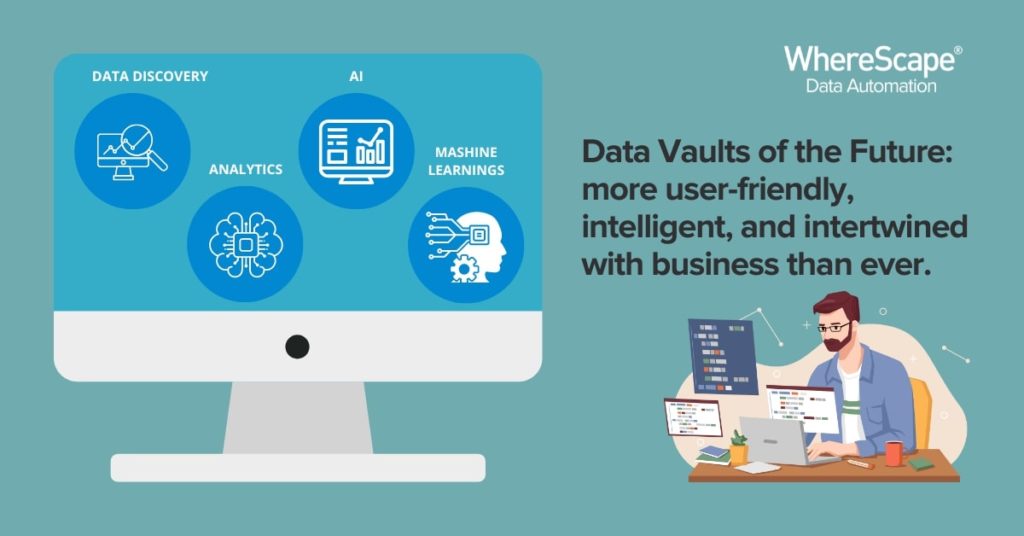
In conclusion, the journey into the Data Vault has only just begun. As technology evolves, the promise of a secure, easily accessible, and business-owned data repository is gradually coming to life.
To learn more about the future of Data Vaulting, read our latest blogs:
- Understanding Data Vault 2.0 and How to Avoid Pitfalls During Implementation
- Unlocking the Benefits of Auditability and Adaptability with Data Vault 2.0
or watch our webcast: Why Data Vault is Worth the Investment? By Dan Linstedt.
Data Vault Express
Get started with WhereScape’s Data Vault 2.0
Understanding the common pitfalls often encountered in Data Vault projects is essential for success. Early decisions in your architecture can have far-reaching implications. If you weren’t able to attend the live event, we invite you to watch the webcast recording. WhereScape hosted Kevin Marshbank in a detailed discussion about starting right and avoiding the pitfalls of implementing Data Vault 2.0. This invaluable resource is available for you to learn from the experts at your convenience!
ETL vs ELT: What are the Differences?
In working with hundreds of data teams through WhereScape’s automation platform, we’ve seen this debate evolve as businesses modernize their infrastructure. Each method, ETL vs ELT, offers a unique pathway for transferring raw data into a warehouse, where it can be...
Dimensional Modeling for Machine Learning
Kimball’s dimensional modeling continues to play a critical role in machine learning and data science outcomes, as outlined in the Kimball Group’s 10 Essential Rules of Dimensional Modeling, a framework still widely applied in modern data workflows. In a recent...
Automating Data Vault in Databricks | WhereScape Recap
Automating Data Vault in Databricks can reduce time-to-value by up to 70%—and that’s why we hosted a recent WhereScape webinar to show exactly how. At WhereScape, modern data teams shouldn't have to choose between agility and governance. That's why we hosted a live...
WhereScape Recap: Highlights From Big Data & AI World London 2025
Big Data & AI World London 2025 brought together thousands of data and AI professionals at ExCeL London—and WhereScape was right in the middle of the action. With automation taking center stage across the industry, it was no surprise that our booth and sessions...
Why WhereScape is the Leading Solution for Healthcare Data Automation
Optimizing Healthcare Data Management with Automation Healthcare organizations manage vast amounts of medical data across EHR systems, billing platforms, clinical research, and operational analytics. However, healthcare data integration remains a challenge due to...
WhereScape Q&A: Your Top Questions Answered on Data Vault and Databricks
During our latest WhereScape webinar, attendees had fantastic questions about Data Vault 2.0, Databricks, and metadata automation. We’ve compiled the best questions and answers to help you understand how WhereScape streamlines data modeling, automation, and...
What is Data Fabric? A Smarter Way for Data Management
As of 2023, the global data fabric market was valued at $2.29 billion and is projected to grow to $12.91 billion by 2032, reflecting the critical role and rapid adoption of data fabric solutions in modern data management. The integration of data fabric solutions...
Want Better AI Data Management? Data Automation is the Answer
Understanding the AI Landscape Imagine losing 6% of your annual revenue—simply due to poor data quality. A recent survey found that underperforming AI models, built using low-quality or inaccurate data, cost companies an average of $406 million annually. Artificial...
RED 10: The ‘Git Friendly’ Revolution for CI/CD in Data Warehousing
For years, WhereScape RED has been the engine that powers rapidly built and high performance data warehouses. And while RED 10 has quietly empowered organizations since its launch in 2023, our latest 10.4 release is a game changer. We have dubbed this landmark update...
The Assembly Line for Your Data: How Automation Transforms Data Projects
Imagine an old-fashioned assembly line. Workers pass components down the line, each adding their own piece. It’s repetitive, prone to errors, and can grind to a halt if one person falls behind. Now, picture the modern version—robots assembling products with speed,...
Related Content
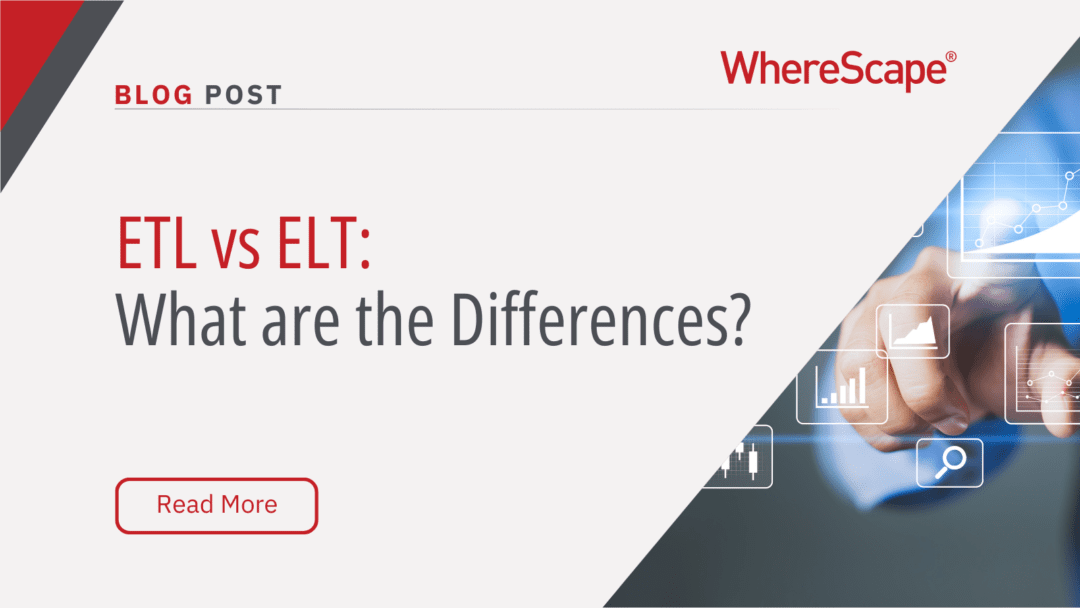
ETL vs ELT: What are the Differences?
In working with hundreds of data teams through WhereScape’s automation platform, we’ve seen this debate evolve as businesses modernize their infrastructure. Each method, ETL vs ELT, offers a unique pathway for transferring raw data into a warehouse, where it can be...
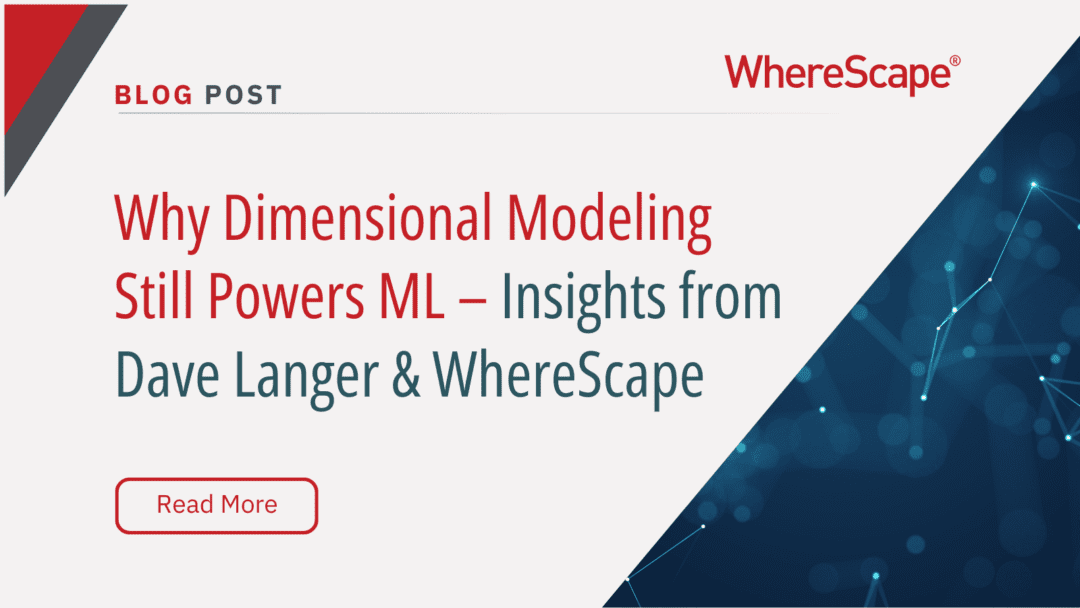
Dimensional Modeling for Machine Learning
Kimball’s dimensional modeling continues to play a critical role in machine learning and data science outcomes, as outlined in the Kimball Group’s 10 Essential Rules of Dimensional Modeling, a framework still widely applied in modern data workflows. In a recent...
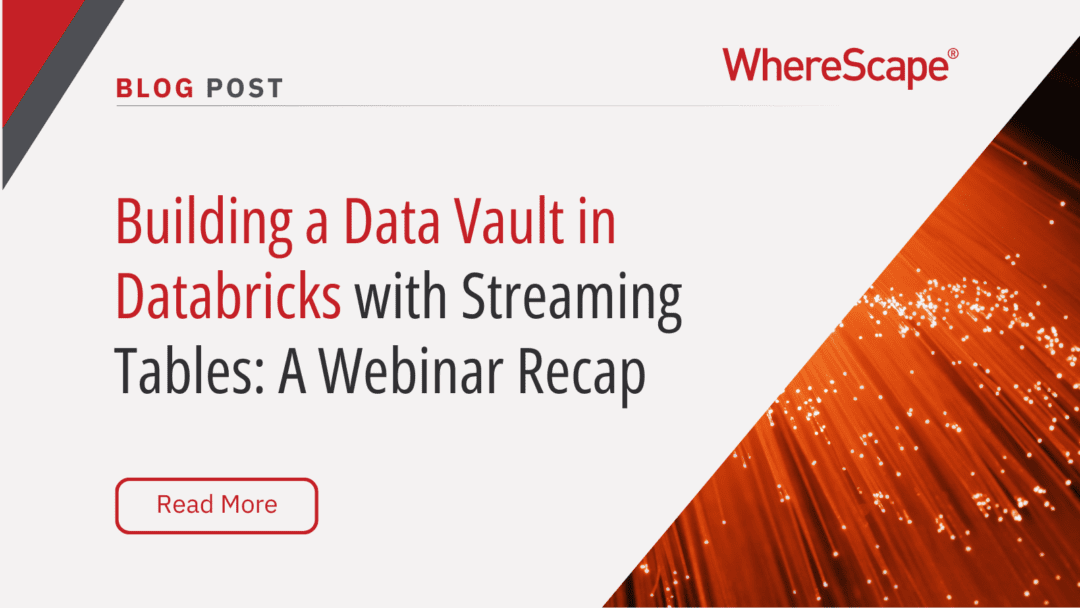
Automating Data Vault in Databricks | WhereScape Recap
Automating Data Vault in Databricks can reduce time-to-value by up to 70%—and that’s why we hosted a recent WhereScape webinar to show exactly how. At WhereScape, modern data teams shouldn't have to choose between agility and governance. That's why we hosted a live...
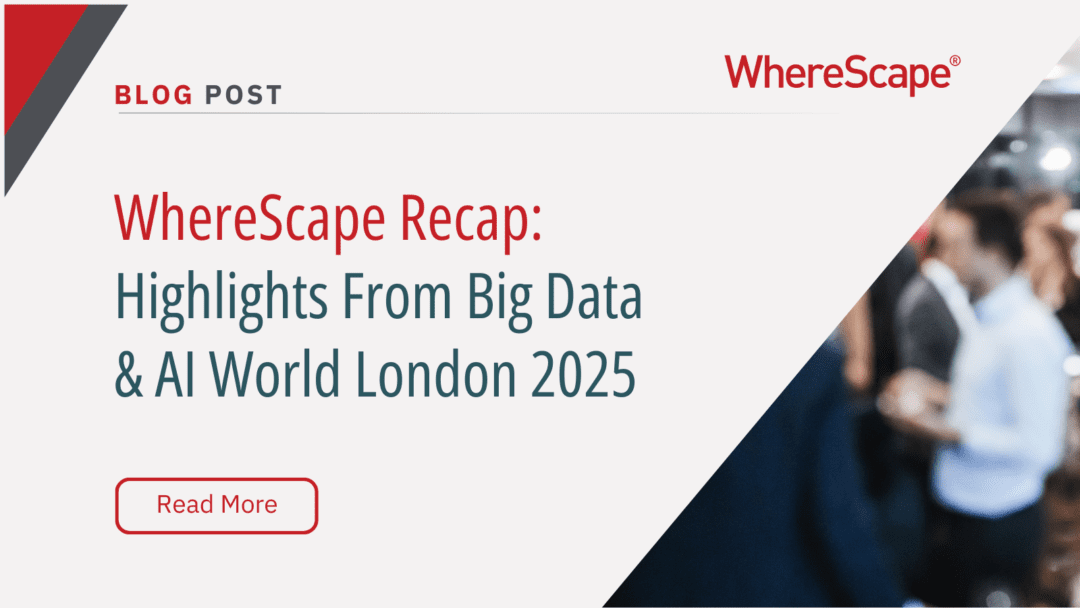
WhereScape Recap: Highlights From Big Data & AI World London 2025
Big Data & AI World London 2025 brought together thousands of data and AI professionals at ExCeL London—and WhereScape was right in the middle of the action. With automation taking center stage across the industry, it was no surprise that our booth and sessions...

